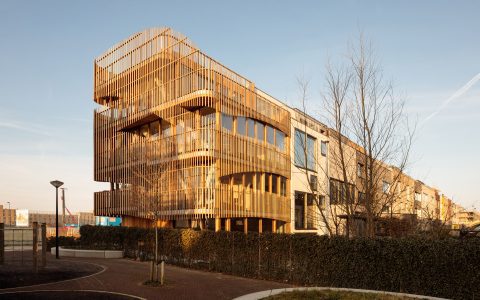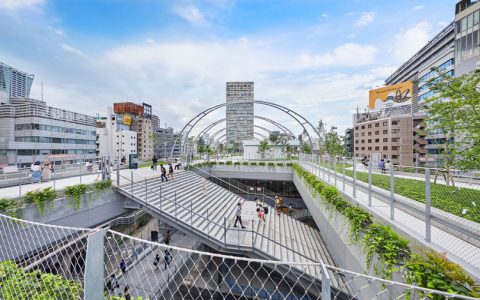Slipped facade design incorporates intentional displacements in building elements to create depth, intrigue, and visual elegance. By integrating strategic offsets and layers, architects can transform ordinary structures into captivating masterpieces. Adopt these expert-backed tips for flawless execution and breathtaking outcomes.
Core Design Principles
-
Material Harmony: Mix durable materials like glass, steel, and natural stone to generate textural interplay; this contrast amplifies the slipping effect without compromising structural integrity.
-
Geometric Precision: Align offset panels or layers using crisp angles and clean lines to enhance perspective; calculate dimensions based on site-specific proportions to avoid dissonance.

-
Functional Depth: Integrate cavities or recesses for dual purposes, such as thermal insulation or shadow play, ensuring aesthetics blend seamlessly with utility.
Advanced Implementation Strategies
-
Lighting Integration: Embed directional LEDs within offsets to cast dramatic highlights on layers; this accentuates movement and ensures impact during nighttime.
-
Color Dynamics: Apply gradient palettes or contrasting hues to delineate slips; subtle shifts in color intensity emphasize depth for an arresting finish.
-
Site-Sensitive Adaptation: Assess wind patterns and solar exposure early; adjust displacement levels for resilience while complementing the local environment.
For enduring excellence, adhere to industry standards on load distribution, prioritize quality materials for longevity, and prototype designs digitally to refine details before construction. This holistic approach guarantees polished, awe-inspiring facades.








